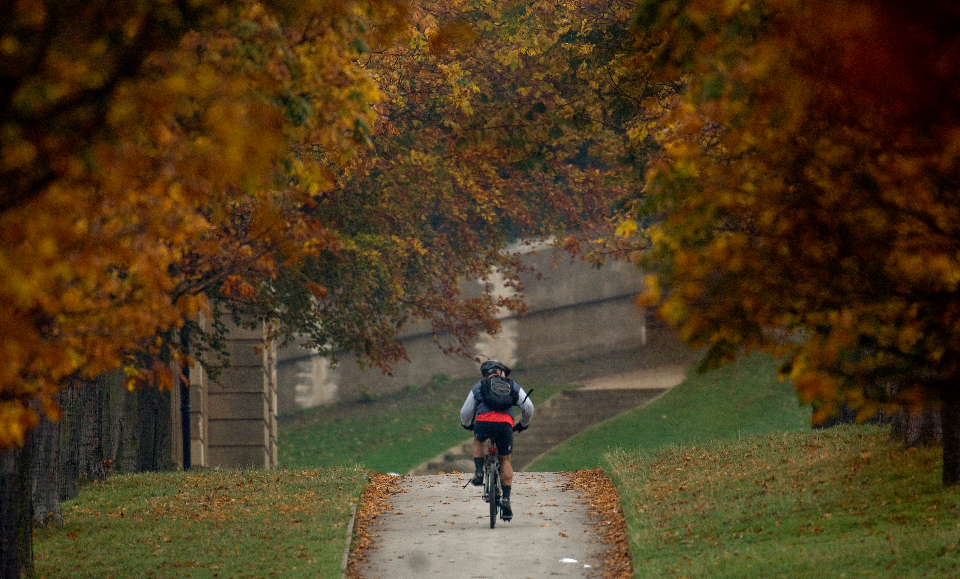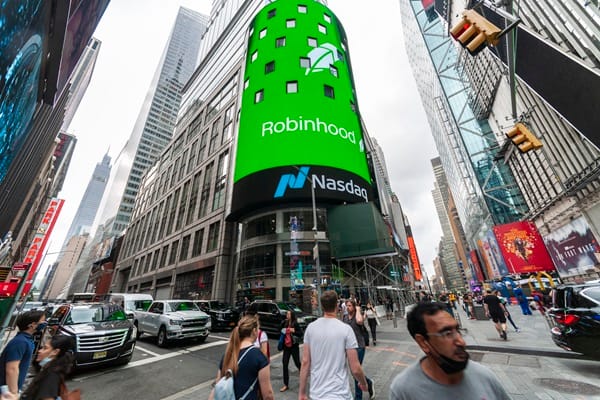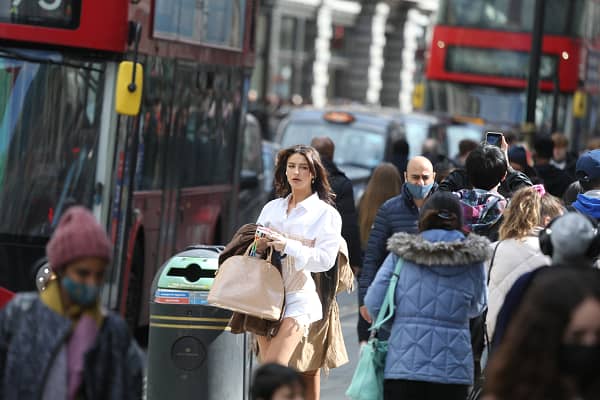Infra
One in eight people in London cycling weekly

13.1% of people in London were cycling at least once a week reports Marieta Marinova, Data Reporter
One in eight people in London cycled at least once a week last year, new figures show.
The charity Cycling UK said many councils have invested in improving infrastructure, despite cycling remaining below pre-pandemic levels nationally.
Figures from the Active Lives Survey from Sport England, compiled by the Department for Transport, show 13.1% of people in London were cycling at least once a week in the year to November 2023 – slightly up from 12.4% the year before.
In 2019, before the pandemic, 12.9% said they were cycling at least once a week in the area.
Across the country, 10.1% of people reported cycling weekly, up from 9.3% the previous year, but still below pre-pandemic levels, when 11.2% did so.
Sarah McMonagle, director of external affairs at Cycling UK, said: “Although it’s true that the percentage of people who cycle regularly in England has dropped slightly in recent years, there are fewer people regularly using all modes of transport, except for walking and motorcycling, than in 2019.
“This is due to a myriad of factors, but the rise of remote working post-pandemic is likely a significant one.
“The truth is, most roads in England lack joined up cycle lanes or bike parking and where they do exist, they’re often inconsistent and sub-standard and this plays a big part in deterring people from cycling more.”
She added: “The good news is that this is starting to change. A number of local authorities, particularly since the pandemic, have built some fantastic infrastructure and have also invested in behaviour change projects.
“These projects work hand in hand with cycle infrastructure and can encourage more communities to cycle for shorter journeys. They can also be tailored to support different communities, opening up cycling to a broader range of people.”
The survey also revealed a gap in cycling habits between the least and most deprived. While 11.1% of those better off cycled weekly, only 8.7% of those in the most deprived areas did.
Fewer people cycled for leisure last year than they did before the pandemic, but more people walked regularly. Last year, 54.8% reported taking a continuous 10-minute walk for leisure at least once a week, up from 50.9% in 2019.
This figure stood at 48.1% in London.
Tanya Braun, director of policy and communications at Living Streets, a charity which campaigns for a better walking environment, said it is encouraging more people to walk for leisure, “but we need to do more to support communities who aren’t”.
She added: “Too often, our streets are not inclusive. Issues like speeding vehicles, broken pavements and a lack of safe crossings can make journeys unsafe and uncomfortable.
“We know that people living in deprived areas are more likely to be involved in a road collision or be affected by air pollution. It shouldn’t come as a surprise that people are walking less as a result.”
Braun called on the government to “invest in the design and delivery of towns and cities that enable people from all backgrounds to walk and wheel more often and feel safe doing so.”
A Department for Transport spokesperson said: “We welcome the survey findings and will consider all active travel data as we continue to shape our long-term vision for cycling and walking across the UK.”
Independent news outlets like ours – reporting for the community without rich backers – are under threat of closure, turning British towns into news deserts.
The audiences they serve know less, understand less, and can do less.
If our coverage has helped you understand our community a little bit better, please consider supporting us with a monthly, yearly or one-off donation.
Choose the news. Don’t lose the news.
Monthly direct debit
Annual direct debit
£5 per month supporters get a digital copy of each month’s paper before anyone else, £10 per month supporters get a digital copy of each month’s paper before anyone else and a print copy posted to them each month. £50 annual supporters get a digital copy of each month’s paper before anyone else. £84 annual supporters get a print copy by post and a digital copy of each month’s before anyone else.











